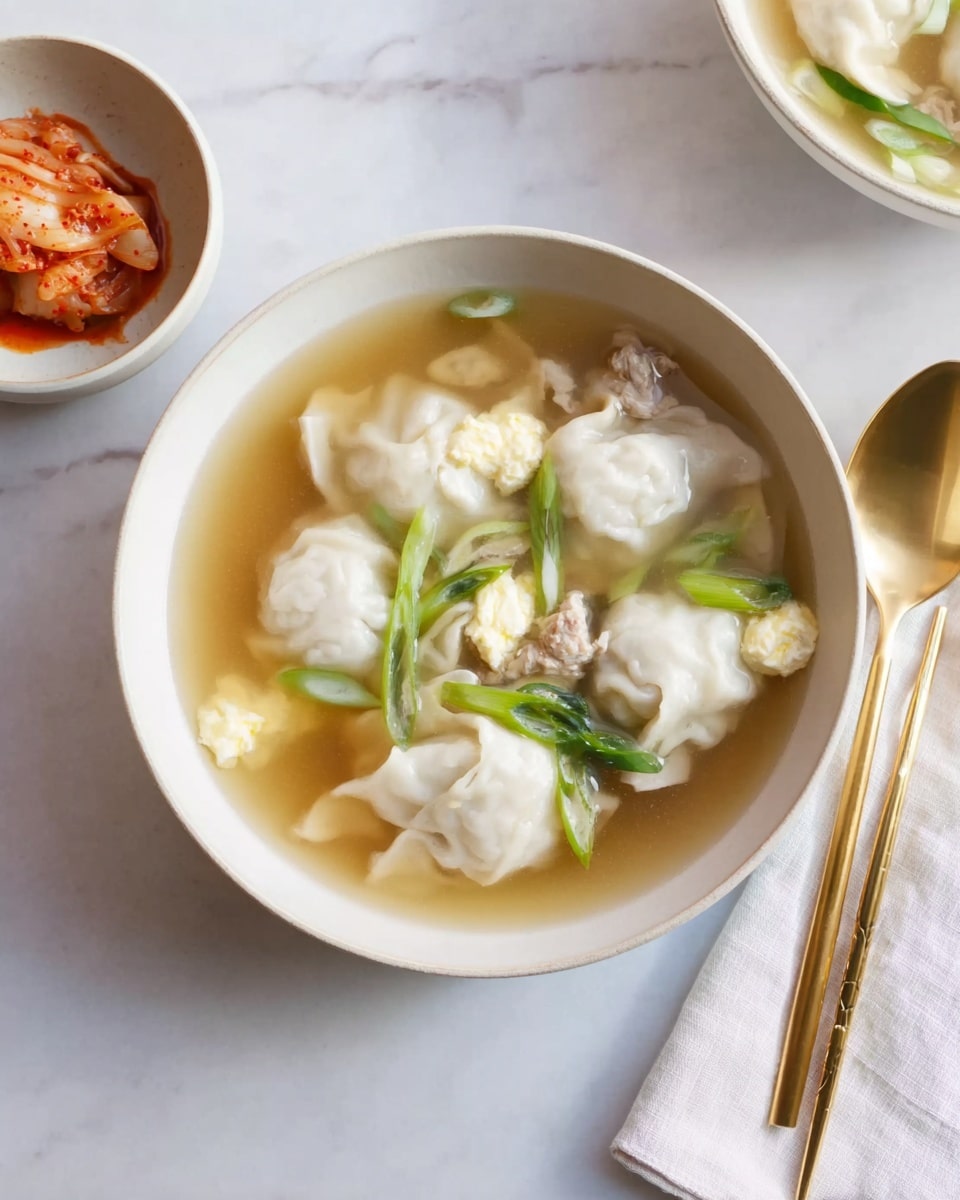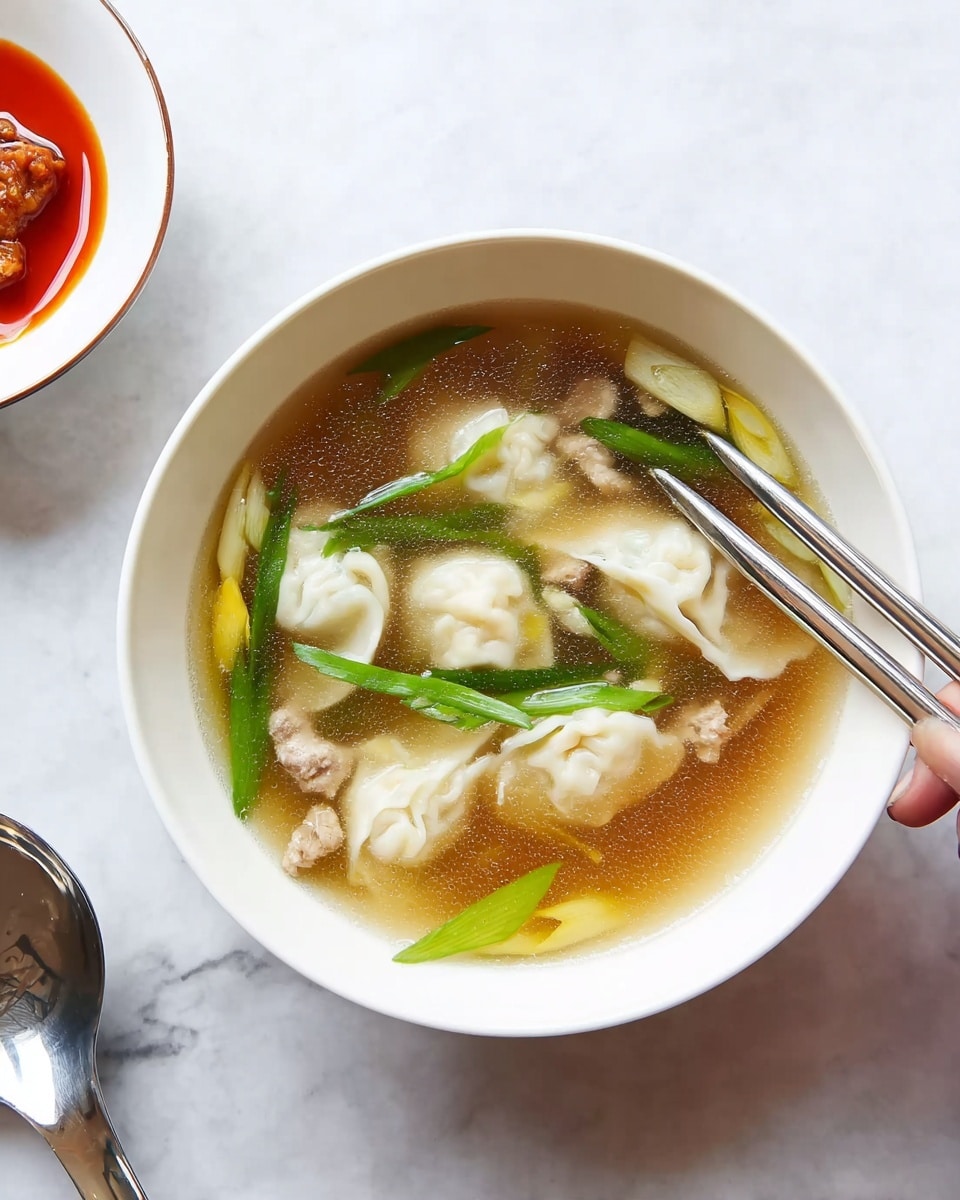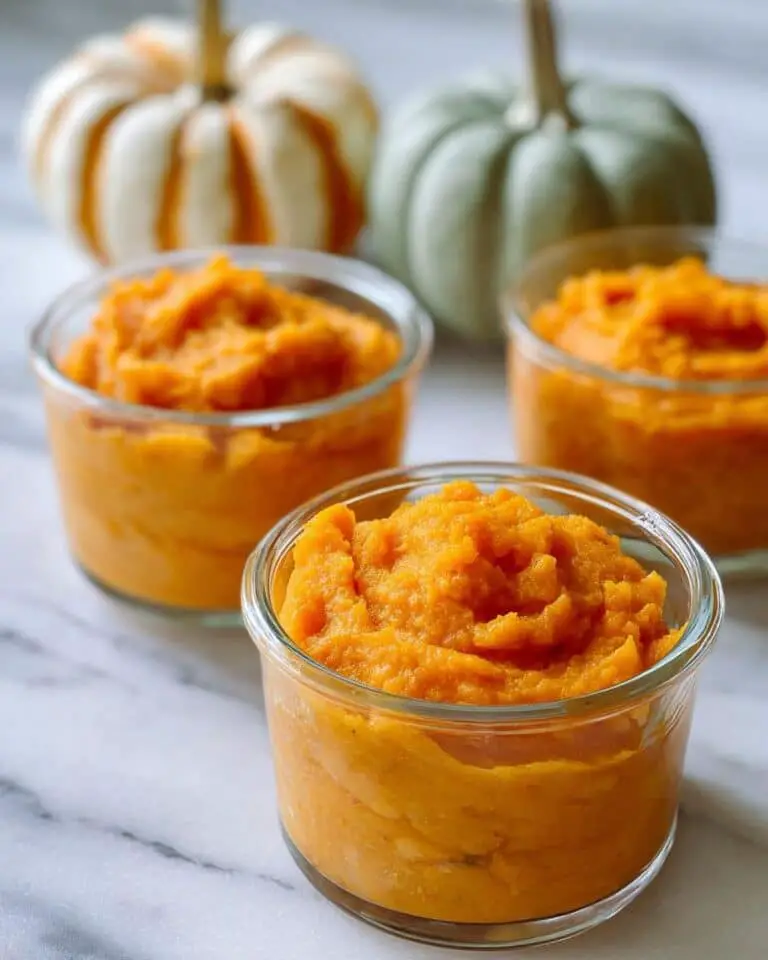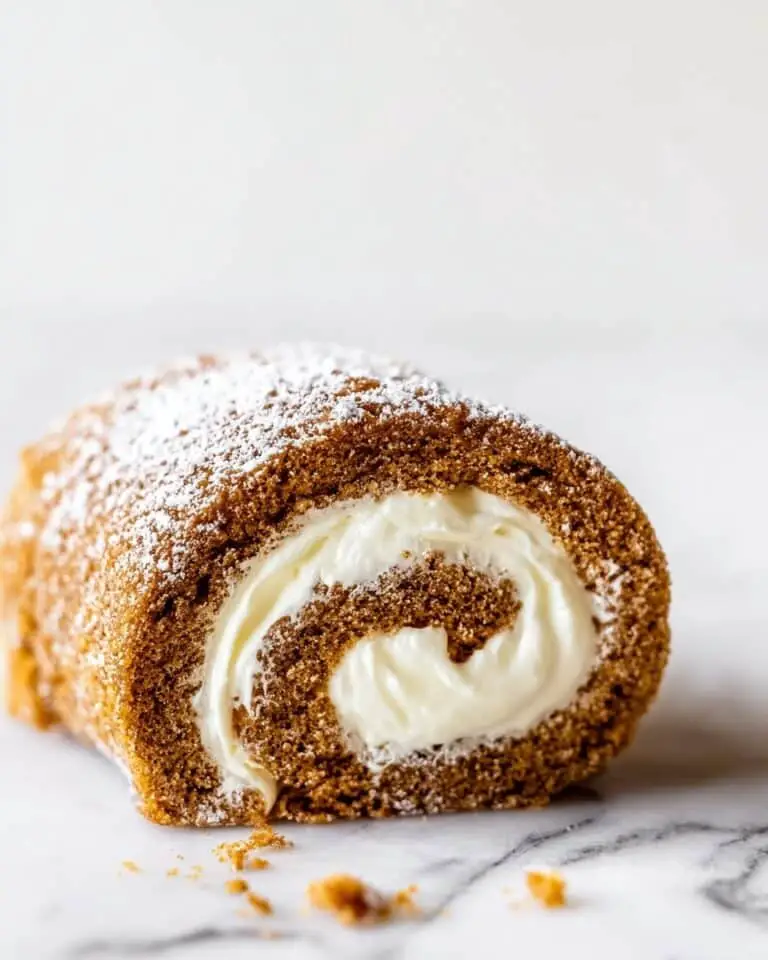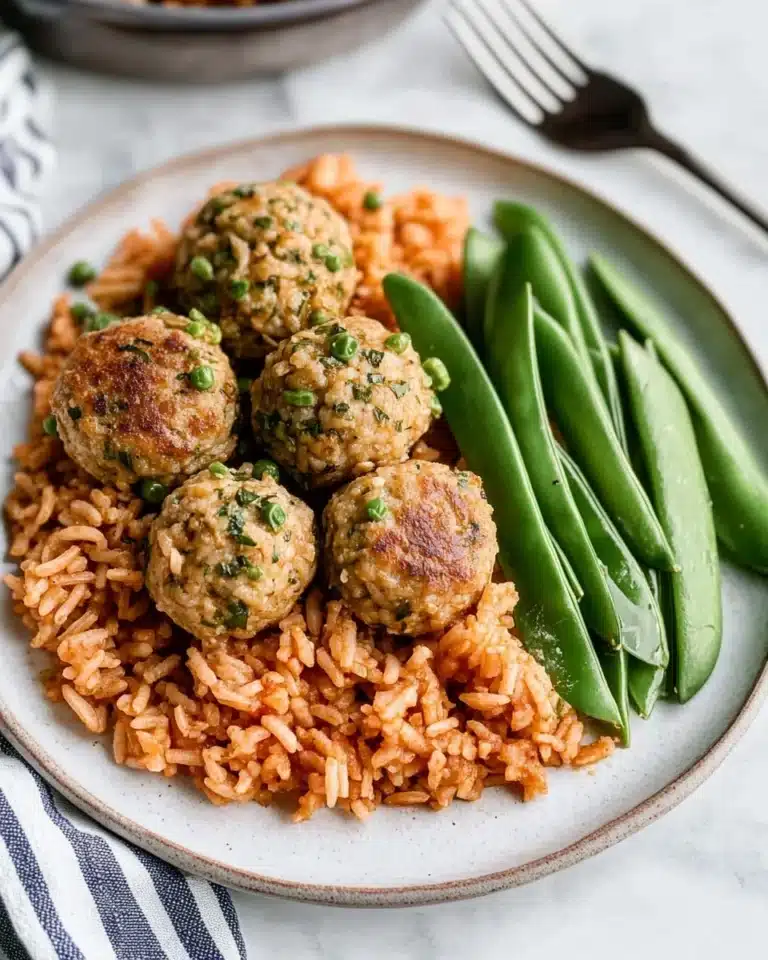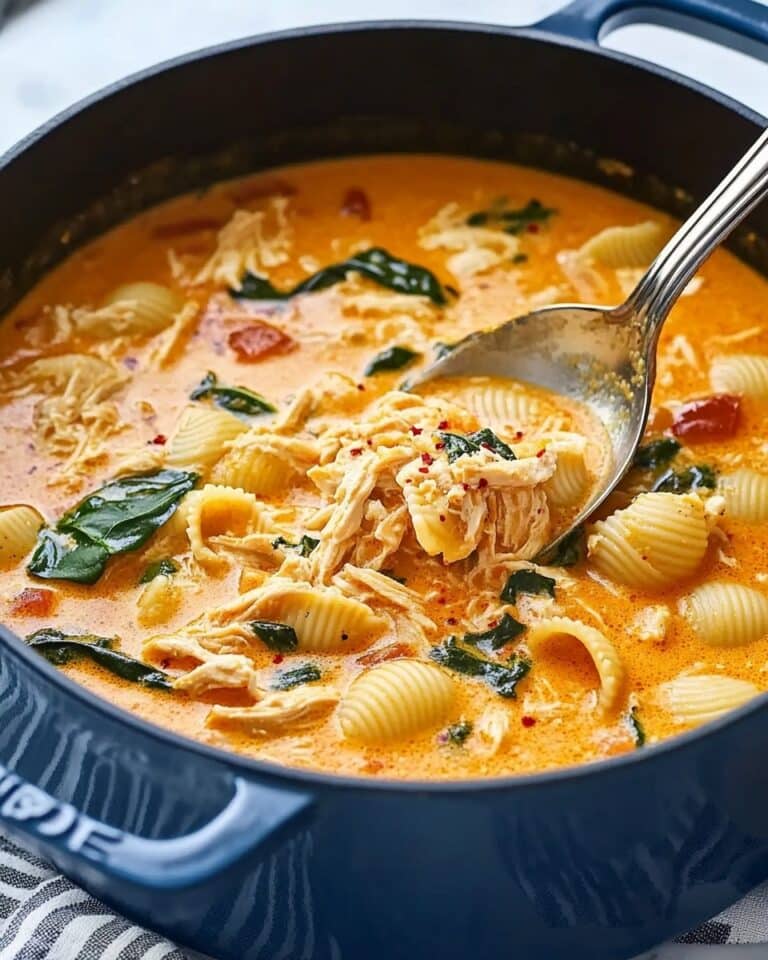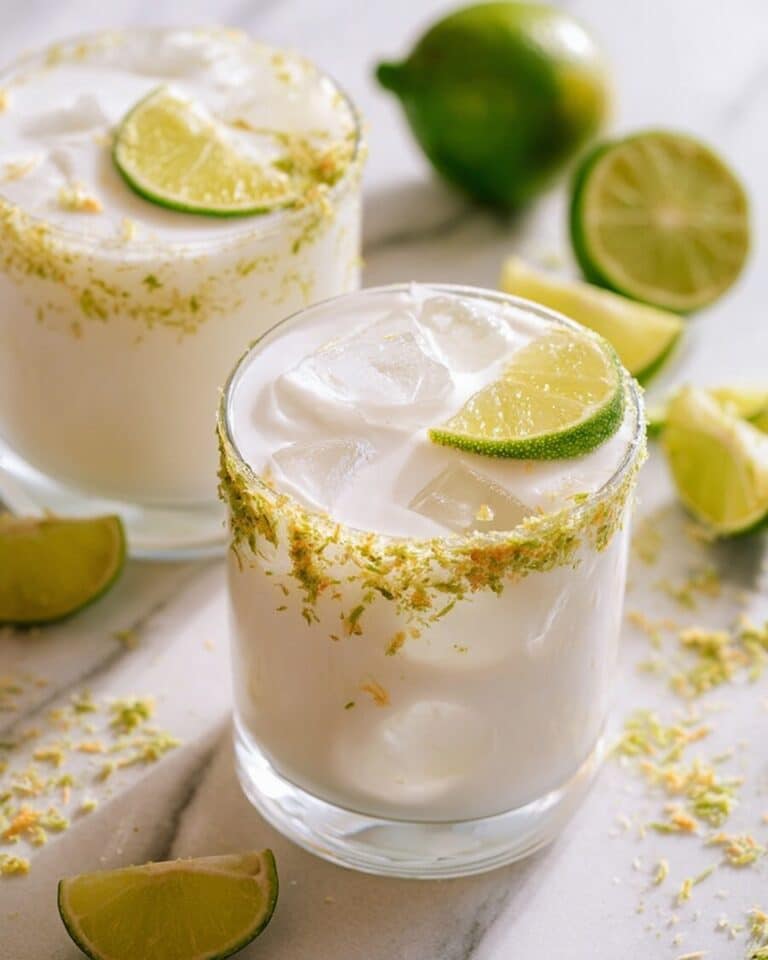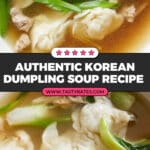If you’re looking for a comforting, hearty soup that’s packed with flavors and a touch of nostalgia, this Mandu Guk (Korean Dumpling Soup) Recipe is a must-try. I absolutely love how the tender beef broth melds beautifully with savory dumplings, making it perfect for chilly days or when you want a bowl of warm, cozy goodness. Whether it’s a special celebration or a weeknight dinner, Mandu Guk always feels like a hug in a bowl.
When I first tried making Mandu Guk, I was amazed at how simple ingredients could come together to create such a rich and satisfying soup. You’ll find that it doesn’t take hours to prepare, yet it tastes like you’ve spent all day cooking. Plus, it’s super versatile—you can use store-bought dumplings for a quick fix or homemade ones if you’re feeling up for a culinary adventure. This Mandu Guk (Korean Dumpling Soup) Recipe will quickly become one of your go-to Korean dishes!
Why You’ll Love This Recipe
- Easy yet impressive: You get to enjoy authentic Korean flavors without a complicated process.
- Comfort food classic: It’s the perfect warmth-your-soul dish, ideal for cold days or when you need some serious comfort.
- Versatile ingredients: Whether fresh or frozen dumplings, you can customize it based on what’s in your kitchen.
- Family-friendly: My family goes crazy for this soup, and I bet yours will too!
Ingredients You’ll Need
Let’s talk ingredients: the combination in this Mandu Guk (Korean Dumpling Soup) Recipe brings together a rich beef broth and tasty dumplings for a balanced, flavorful meal. A few pantry staples and fresh elements make it easy to pull off, even if you’re short on time.
- Beef brisket or chuck: Choose a cut with some marbling for the richest broth.
- Garlic: Freshly minced garlic imparts that signature warm aroma and depth.
- Soy sauce: Adds a savory umami kick that ties all the flavors together.
- Water: The base of our broth, keeping it light but flavorful.
- Mandu (Korean dumplings): Fresh or frozen, homemade or store-bought—they’re the star of the soup.
- Eggs: Whisked and drizzled in at the end for silky ribbons in the broth.
- Green onions: Fresh and sliced on a diagonal for a subtle crunch and freshness.
- Toasted sesame oil: Just a splash adds a nutty richness that makes the broth sing.
- Salt and pepper: Basic seasoning to adjust the taste to your liking.
- Roasted nori sheets: Optional but I love how they add a hint of ocean flavor and texture as a garnish.
Variations
I love making this my own depending on what I have on hand or who I’m cooking for. Feel free to experiment with different fillings or broth flavors—this Mandu Guk (Korean Dumpling Soup) Recipe is really forgiving and flexible!
- Vegetarian Version: Swap the beef broth for vegetable stock and use veggie-filled mandu for a lighter, meat-free version.
- Spicy Kick: I sometimes add gochujang or red pepper flakes to spice things up—it’s amazing!
- Seafood Dumplings: Using seafood-filled mandu is a fun twist and gives the broth a different flavor dimension.
- Extra Veggies: Add sliced mushrooms, zucchini, or spinach for some added nutrition and texture.
How to Make Mandu Guk (Korean Dumpling Soup) Recipe
Step 1: Seasoning the Beef with Love
Start by tossing your beef brisket pieces in a bowl with minced garlic and soy sauce. This simple marinade infuses the meat with so much flavor right from the get-go. Let it sit while you prepare the rest—this step gives the broth its meaty, aromatic base.
Step 2: Building That Flavorful Broth
Bring your water to a boil in a large pot, then add in the beef with its garlic-soy marinade. Lower the heat and cover, letting it simmer gently for about 30 to 35 minutes. This slow simmer extracts all the delicious flavors from the beef into the broth—so patience here really pays off.
Step 3: Cooking the Dumplings Just Right
Now for the star of the show! Gently add your mandu—whether fresh or frozen—into the pot. Bring it back to a low boil and watch carefully: when the dumplings become translucent and float to the surface, you know they’re ready. Fresh dumplings usually take 5 to 9 minutes, frozen ones about 12 minutes; always double-check your package instructions if you’re using store-bought.
Step 4: Adding Eggs for Silky Texture
Whisk your eggs gently in a small bowl so the whites and yolks combine nicely. As soon as your mandu are cooked, slowly drizzle the eggs into the hot soup while stirring gently. This creates delicate ribbons of egg throughout the broth, adding extra body and softness. If you skip the stirring, the eggs can clump and stick to the pot, so this part is key!
Step 5: The Finishing Touches
Turn off the heat and stir in the green onions and toasted sesame oil. These fresh ingredients bring brightness and a nutty aroma that really lifts the whole dish. Season with salt and pepper to your taste, adjusting slowly to make sure it’s perfectly balanced.
Step 6: Serve and Garnish
Ladle the soup with the dumplings into bowls. Break up the roasted nori sheets with your hands or scissors and sprinkle them on top for that final textural crunch and sea-kissed flavor. Now you’re ready to dig into a bowl of pure comfort!
Pro Tips for Making Mandu Guk (Korean Dumpling Soup) Recipe
- Simmer gently: Keep the broth at a gentle simmer to avoid toughening the beef and tearing the dumplings.
- Egg ribbons magic: Pour the eggs slowly while stirring to create those pretty ribbon shapes instead of clumps.
- Use fresh mandu when possible: Fresh dumplings give a tender wrapper and a juicier bite—store-bought ones are great too, but keep an eye on cooking times.
- Season gradually: Add salt and pepper at the end in small amounts—this helps you avoid over-salting since soy sauce adds quite a bit of saltiness.
How to Serve Mandu Guk (Korean Dumpling Soup) Recipe
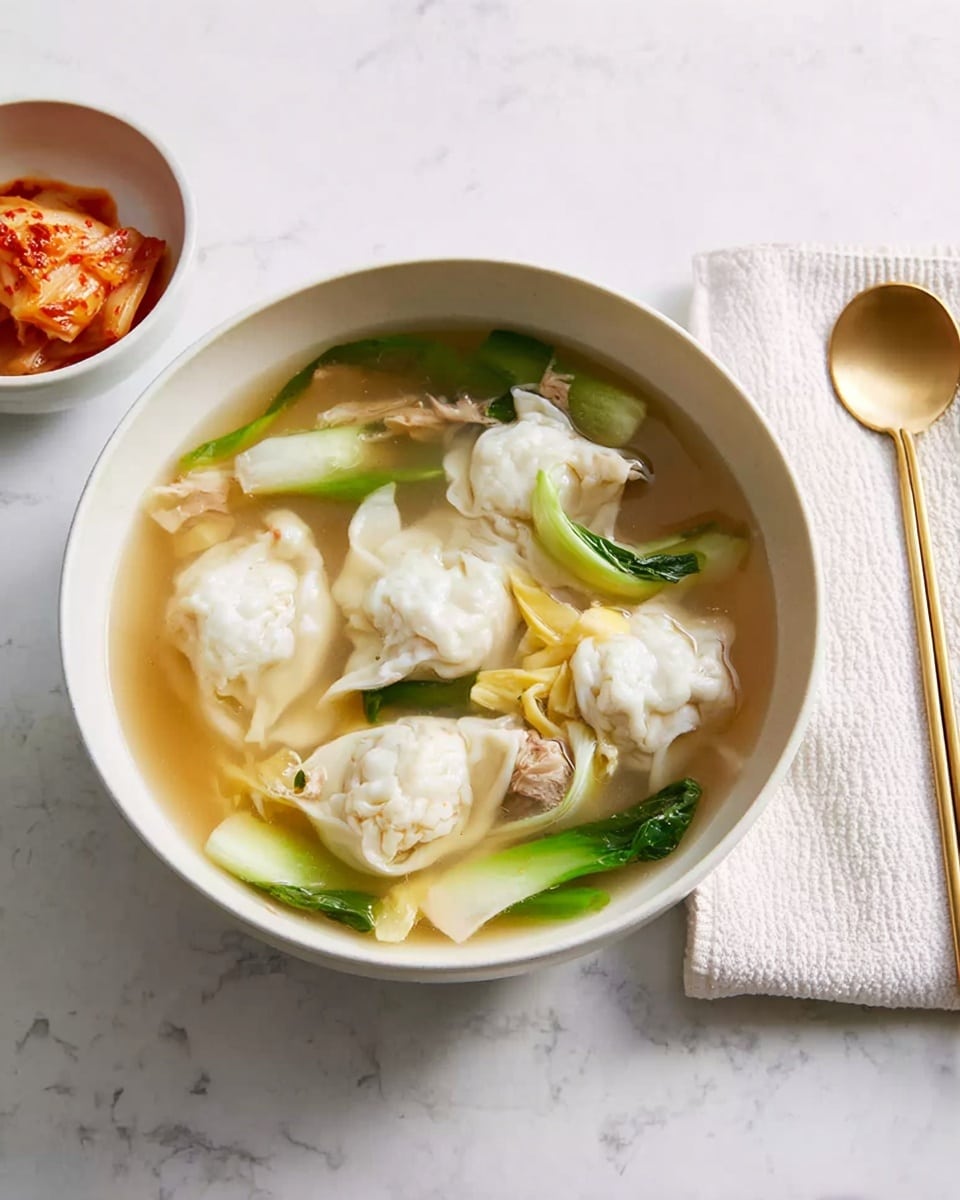
Garnishes
I’m a big fan of simple garnishes for this soup. Sliced green onions bring a bright fresh bite, and sprinkling toasted nori on top adds a lovely crisp, salty crunch that pairs so well with the mellow broth. Sometimes I add a few chili flakes if my family wants a little heat, but it’s just right as is, too.
Side Dishes
Mandu Guk pairs beautifully with classic Korean sides like kimchi (spicy fermented cabbage), pickled radish, or even simple steamed rice. If you want to keep it light, a fresh cucumber salad or blanched spinach dressed in sesame oil and soy sauce will round out the meal perfectly.
Creative Ways to Present
I’ve served Mandu Guk in shallow bowls for dinner parties, arranging the dumplings neatly and topping them with finely sliced chilies and fresh herbs for a little color pop. If you want to impress, a drizzle of chili oil or a sprinkle of toasted sesame seeds adds an elegant touch that guests love.
Make Ahead and Storage
Storing Leftovers
I usually store leftover Mandu Guk in an airtight container in the fridge and eat it within 2 days for best taste. The broth may thicken a bit overnight, so adding a splash of water and reheating gently helps it regain that fresh soup consistency.
Freezing
Freezing the entire soup is possible, but the dumplings can get a little mushy upon thawing. Instead, I recommend freezing the cooked dumplings separately and storing the broth alone—then combine and reheat them fresh for better texture. Homemade dumplings freeze especially well if you want to prep ahead!
Reheating
Reheat Mandu Guk gently on the stovetop over medium heat so the dumplings don’t overcook or break apart. Stir occasionally and add a splash of water if the broth seems too thick. Avoid microwaving for best texture and flavor.
FAQs
-
Can I use frozen mandu for this recipe?
Absolutely! Frozen mandu work great and offer convenience. Just be sure to cook them a little longer—usually about 12 minutes—to make sure they’re fully heated through. Keep an eye on them when they become translucent and float to the top as an indicator.
-
What if I don’t have beef brisket—can I use other meat?
Yes! Beef chuck or even short ribs can make a rich broth. If you want to skip beef altogether, vegetable stock can be used, but it will change the flavor profile significantly. Just adjust the seasoning accordingly.
-
How do I make homemade mandu?
Homemade mandu are like Korean dumplings filled with a mix of ground meat, tofu, vegetables, and seasonings wrapped in thin dough wrappers. There are plenty of recipes out there, but using store-bought wrappers and filling them with your favorite mix is a great start. Just remember to seal edges tightly to avoid leaks during cooking.
-
Can I prepare the broth ahead of time?
You sure can! Preparing the broth in advance actually deepens the flavor. Just store it in the fridge and add the dumplings and eggs when you’re ready to serve for the freshest taste and texture.
Final Thoughts
This Mandu Guk (Korean Dumpling Soup) Recipe holds such a warm place in my heart because it’s simple to make yet always delivers big on comfort and satisfaction. It’s the kind of dish that brings people together around the table—just like it did for me when I first shared it with family and friends. I hope you’ll enjoy making it as much as I do, and maybe even put your own spin on it. Happy cooking and happy slurping!
Print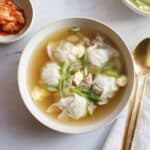
Mandu Guk (Korean Dumpling Soup) Recipe
- Prep Time: 10 minutes
- Cook Time: 45 minutes
- Total Time: 55 minutes
- Yield: 4 to 6 servings
- Category: Soup
- Method: Stovetop
- Cuisine: Korean
Description
Mandu Guk is a traditional Korean dumpling soup featuring a savory beef broth infused with garlic and soy sauce, tender beef brisket, homemade or store-bought dumplings, and delicate egg ribbons. Garnished with green onions, toasted sesame oil, and roasted nori, this comforting soup is perfect for a satisfying and flavorful meal.
Ingredients
Beef and Broth
- 1 pound beef brisket or chuck, cut into 1- to 1 1/2-inch pieces
- 4 cloves garlic, minced
- 4 tablespoons soy sauce
- 10 cups water
- 2 teaspoons salt, plus more to taste
- 1 teaspoon white or black pepper, plus more to taste
Dumplings
- 32 homemade or store-bought mandu (Korean dumplings), fresh or frozen
Egg and Garnishes
- 2 large eggs
- 4 green onions, trimmed and cut diagonally into 2-inch slices
- 2 tablespoons toasted sesame oil
- 2 roasted nori (seaweed sheets), for serving
Instructions
- Season the Beef: In a medium bowl, combine the beef brisket pieces, minced garlic, and soy sauce. Mix well and set aside to marinate briefly.
- Make the Beef Soup Base: In a large pot over high heat, bring 10 cups of water to a boil. Add the marinated beef brisket along with the marinade liquid. Reduce heat to low, cover, and simmer gently for 30 to 35 minutes until the beef is tender and the broth is flavorful.
- Add the Mandu: Carefully add the dumplings to the simmering broth and increase the heat to bring the soup back up to a low boil. Cook fresh mandu for 5 to 9 minutes or frozen mandu for about 12 minutes, until the wrappers turn translucent and the dumplings float to the surface. Refer to package instructions if using store-bought dumplings.
- Add the Eggs: In a small bowl, lightly whisk the eggs until fully combined. Slowly drizzle the eggs into the boiling soup while stirring gently to create thin egg ribbons. This prevents the eggs from forming lumps and sticking to the pot.
- Add the Green Onions and Sesame Oil: Turn off the heat and stir in the sliced green onions and toasted sesame oil. Season the soup with salt and pepper to taste, adjusting seasoning as needed.
- Serve the Soup: Divide the dumplings and broth evenly among 4 to 6 bowls. Crumble or cut the roasted nori sheets into thin strips and sprinkle over each bowl as a garnish. Serve immediately and enjoy!
Notes
- Mandu Guk can be made with either store-bought or homemade mandu, making it an easy and quick meal option.
- Beef brisket or chuck are ideal cuts for a rich and flavorful broth.
- Adjust salt and pepper at the end to balance the flavors perfectly.
- The egg ribbons add a silky texture and visual appeal, so drip the eggs slowly while stirring.
- Garnishing with roasted nori adds a classic Korean touch and enhances the umami taste.
Nutrition
- Serving Size: 1 bowl (approximately 1/6 of recipe)
- Calories: 717 kcal
- Sugar: 2 g
- Sodium: 2222 mg
- Fat: 46 g
- Saturated Fat: 14 g
- Unsaturated Fat: 32 g
- Trans Fat: 0 g
- Carbohydrates: 29 g
- Fiber: 2 g
- Protein: 45 g
- Cholesterol: 200 mg

